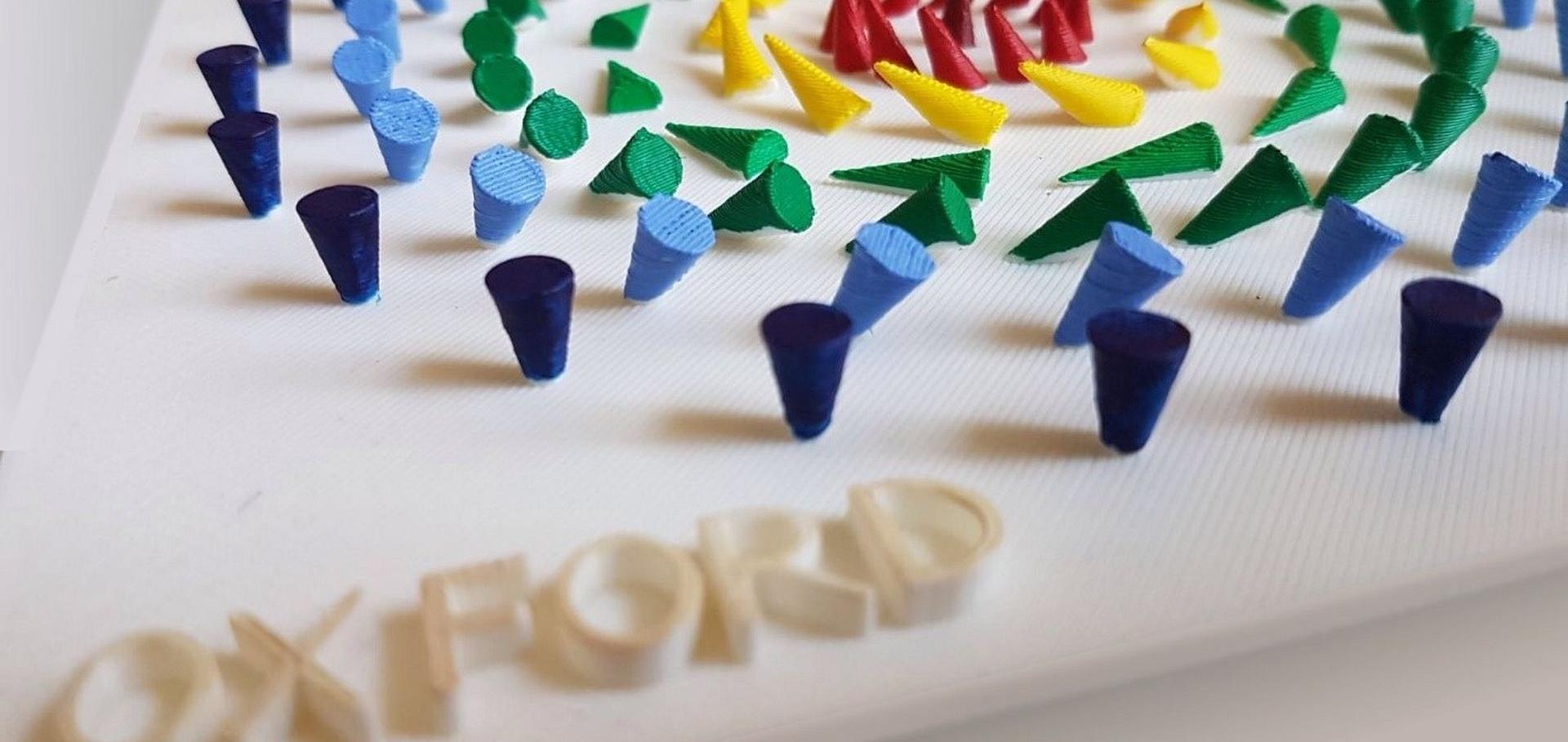Surface-acoustic-wave transducers for the extremely-high-frequency range using AlN/SiC(0001)
Semiconductor Science and Technology 19:2 (2004) 256-259
Abstract:
The fast sound propagation in AlN layers is demonstrated to enable generation of surface acoustic waves (SAWs) by interdigital transducers at a frequency beyond 30 GHz. While scaling down the wavelength of the transducers fabricated on AlN/SiC structures and the thickness of the AlN top layer to raise the operation frequency, the excitation of SAWs becomes intricate due to the weak electromechanical coupling in SiC. We examine the dependence of the feasibility of SAW generation on the AlN layer thickness.Evolution of stress and magnetism during the first-order phase transition of MnAs/GaAs(0 0 1)
Journal of Magnetism and Magnetic Materials 272-276:III (2004) 1924-1925
Abstract:
We have investigated epitaxial MnAs/GaAs(0 0 1) films in the phase transition region between 10°C and 40°C where hexagonal, ferromagnetic α-MnAs and paramagnetic, orthorhomic β-MnAs coexist. Quantitative stress measurements with a cantilever beam magnetometer reveal that during the phase transition the atomic distances change only in the vertical direction providing insight into the nature of the exchange coupling mechanism. © 2003 Elsevier B.V. All rights reserved.Nature of the magnetic and structural phase transition in MnAs/GaAs(001)
Physical Review B - Condensed Matter and Materials Physics 69:8 (2004)
Abstract:
In the bulk the structural and magnetic phase transitions between a- and β-MnAs are coupled and proceed abruptly by first order. In heteroepitaxially constrained MnAs/GaAs(001) films, on the other hand, the two phases coexist at 10-40°C and the magnetization decreases continuously with temperature. We present detailed magnetic measurements on MnAs/GaAs(001) in the phase transition region covering the ferromagnetic a phase, the paramagnetic β phase and the α + β coexistence region. The coexistence of two magnetically distinguishable types of a-MnAs around the onset of the coexistence region at 10°C, the occurrence of metastable magnetic properties, and the absence of a Curie-Weiss peak in the susceptibility point to a first order of the magnetic phase transition also in thin films. The two types of a-MnAs are characterized by different coercivity and magnetic anisotropy, the latter due to a change in shape anisotropy of the striped phase. © 2004 The American Physical Society.High frequency surface acoustic waves under the microscope
Humboldt-Spektrum 3-4 (2004) 62
Nanoacoustics – High-Frequency Acoustic Wave Fields under the Microscope
Chapter in Science, Technology and Education of Microscopy: an Overview, Formatex 1 (2004) 9


